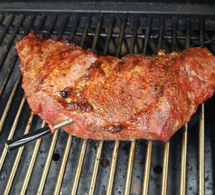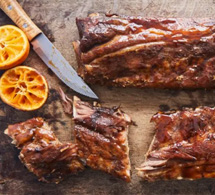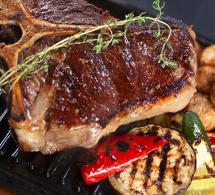The Food Temperature Scale Issued by the Us Food and Drug Administration (Fda)

Food safety has always been an essential concern in our lives. With advancing technology, food thermometers have gained increasing attention and application as crucial tools to ensure food safety and health. The Food and Drug Administration (FDA) of the United States has released a temperature chart for food doneness, providing us with significant guidance. Let's delve into the role of food thermometers in food safety through this article.
1. The Significance of Food Thermometers
Food temperature is a key factor influencing food safety. Incorrect food temperatures can lead to bacterial growth, resulting in foodborne illnesses. Food thermometers help us accurately measure the temperature of food, ensuring that it is cooked or stored within safe ranges, thus reducing the risk of foodborne illnesses.
2. Different Types of Food Thermometers
Currently, various types of food thermometers are available in the market, including digital probe thermometers, infrared thermometers, and water bath thermometers, among others. These thermometers have their own advantages in different scenarios. Digital probe thermometers are suitable for measuring the internal temperature of food, particularly for larger cuts of meat that need to be cooked to specific temperatures. Infrared thermometers quickly measure the surface temperature of food, providing a convenient and rapid solution. Water bath thermometers are commonly used to measure the temperature of liquid foods such as soups and sauces.
3. Guidance from the FDA Food Doneness Temperature Chart
The FDA's Food Doneness Temperature Chart offers valuable guidance for consumers and professionals in the food industry. This chart outlines the minimum temperatures that various types of food should reach for safe consumption. For instance, poultry should be cooked to 165°F (73.9°C), beef and lamb to 145°F (62.8°C), and pork to 160°F (71.1°C). These temperature standards help ensure that food is thoroughly cooked, minimizing the risk of foodborne illnesses.
4. Considerations When Using Food Thermometers
When using a food thermometer, several important considerations should be kept in mind. Firstly, it is essential to thoroughly clean the thermometer before and after use to prevent cross-contamination. Secondly, insert the thermometer into the thickest part of the food for accurate measurements. Additionally, different types of food thermometers may require distinct usage methods and maintenance steps, so users should carefully read and follow the manufacturer's instructions.
5. Conclusion
Food thermometers play a crucial role in modern dietary practices, helping us ensure food safety and health. The FDA's Food Doneness Temperature Chart provides helpful guidance, but we must also learn to use and maintain food thermometers correctly to maximize food safety and quality. By using food thermometers sensibly, we can savor delicious meals at the table while also taking responsibility for the health of ourselves and our families.













